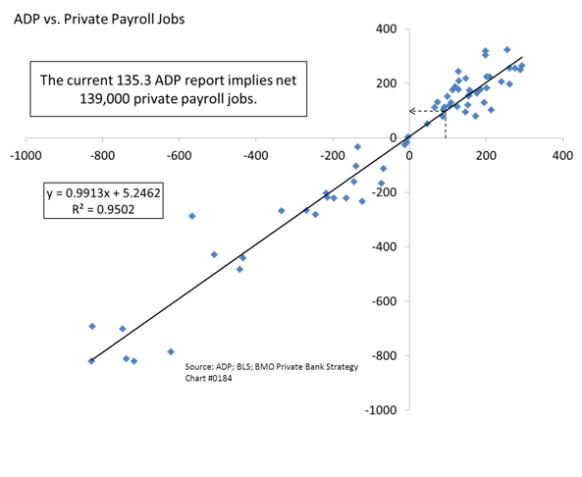The number of winning stocks this year is approaching a 10-year peak, writes Howard Silverblatt, senior analyst at S&P Dow Jones Indices. You’d have to go back to 1980 for the previous record. Here’s what Howard is sending to his email subscribers:
You Take My Breadth Away
… Year-to-date 451 of the S&P 500 issues are up (47 down), which on an annual basis is the best since 458 issues increased in 2003. The 2003 number is also a record high from 1980, when my data series starts. The number is significant since it shows the depth of the recovery. In the late 1990s, the market aggregates became dominated by technology, which grew on ‘faith’ and ‘hits’, as compared to sales and cash-flow. In 1998, the market returned 26.67%, yet only 57.8% of the issues were up, and in 1999, the market grew 19.53%, but less than half, 48.2% of the issues, were up. For the 2013 year-to-date, 90.2% of the issues are higher, with the market aggregate up 23.39%; 270 issues are above that aggregate, with 140 issues up at least 40%. Surely a significant number of people are seeing large gains, and surely many are not, since they remain out of the market.
… Chasing returns is not a good reason to invest, but when enough do it the short-term impact is more buying and higher prices. Which we may be getting close to if the market stays anywhere near its current level.
(fyi – Friday set two new official highs, intraday of 1759.82, and a close of 1759.77)



